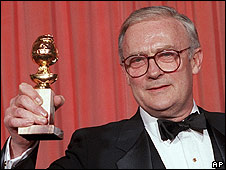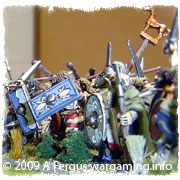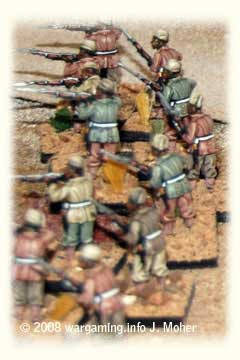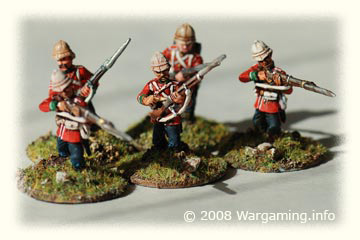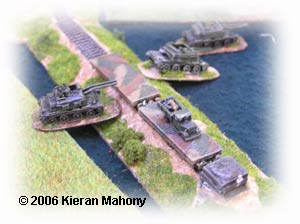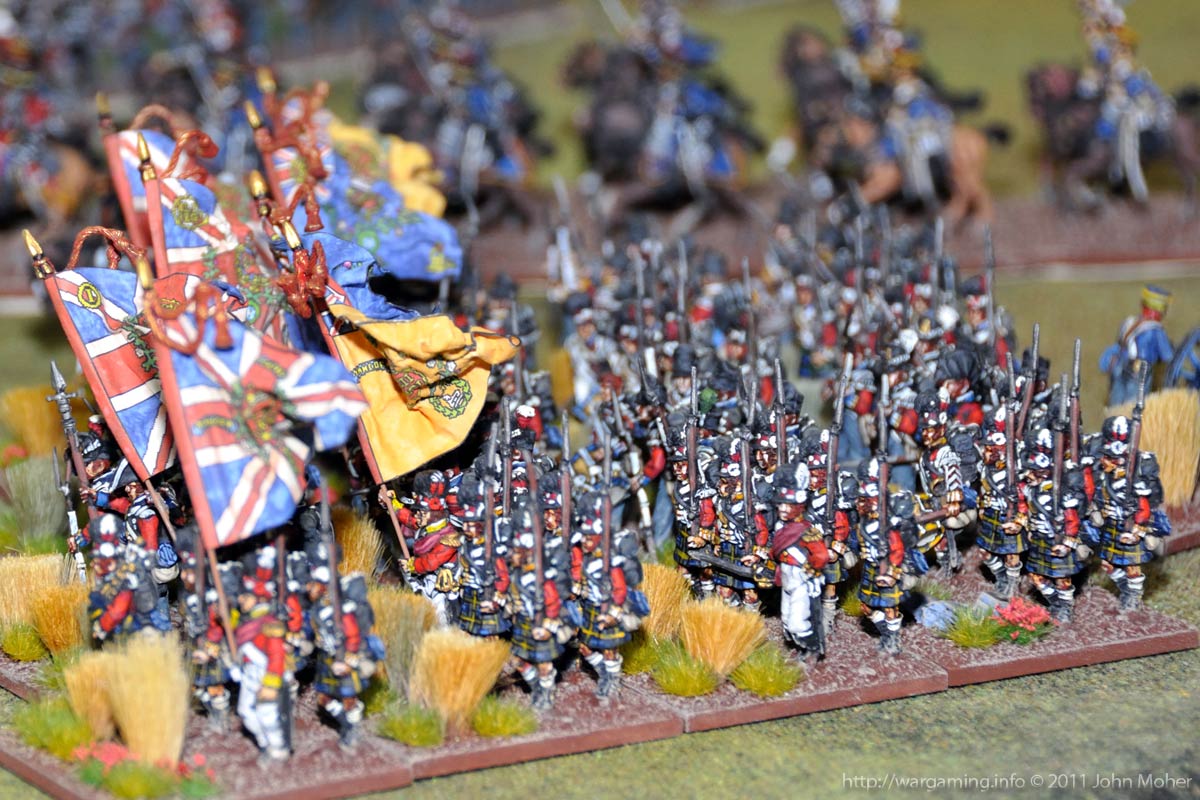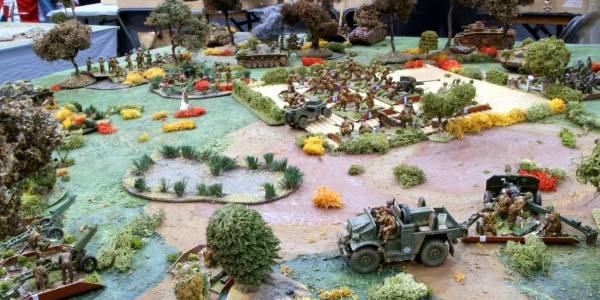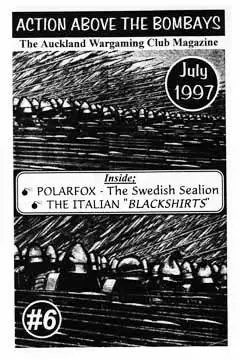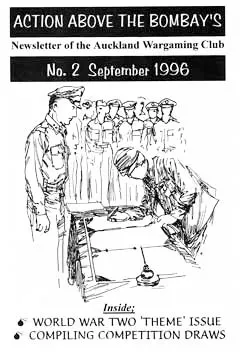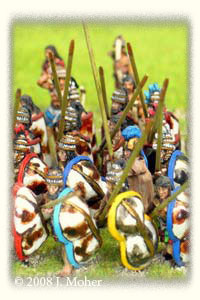
Welcome to the completely revamped Wargaming.info – the new format is designed to hopefully make things a bit easier to find and to enable me to upload more content more easily and keep the site more up to date. By using a CMS (Content Management System) much of the process is now streamlined and virtually the entire site is CSS based (as well as being W3C & XHTML compliant). You will also find Feeds (RSS 2.0 or Atom 1.0) on the main Home Page (which will show the half-dozen most recent items on the whole site), the Blog (which will show all blog entries), and each major section (e.g. Napoleonic’s, Colonials, World War II, showing the items under that category) – so if you are just interested in a specific era (e.g. Colonials) you can just subscribe to the Feed service for that section! I have not put a specific feed icon on any of the pages as your web-browser should display the icon by default for you to click on…
Anyway, I hope you find something of interest and I look forward to significantly increasing the quantity and frequency of updates from now…
